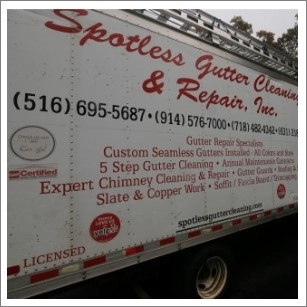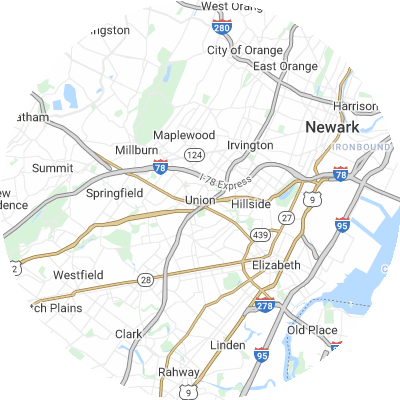Signs You May Need Gutter Guards
Gutter guards aren’t always needed, but symptoms of blocked and overflowing gutters are clear. Signals of chronic gutter issues include:
- Leaky joints or seams where water leaks out of gutters
- Frequent clogs that lead to overflow and water spilling over gutters
- Soggy ground or visible erosion patterns around your house's foundation
- Visibly saggy, damaged, or misaligned gutters that no longer direct rainwater correctly
- Mold growth, interior wall stains, or peeling exterior paint on walls near gutters.
How To Choose a Gutter Guard Installer
Assess Their Experience
The right installation company will have ample experience, including many years in business and experience with several brands and models. Companies with experience can properly measure and install gutter guards to meet your distinct needs. Inquire about how long a company has been providing installations and request referrals from local customers.
Verify Proper Licensing and Insurance
When getting in touch with potential installation companies, always confirm that they are licensed, bonded, and insured with both general liability and workers compensation coverage. This protects you if any injuries or accidents happen. Request current licensing and insurance papers from potential providers.
Choose Reputable Brands
Look for companies that provide top gutter guard brands like LeafFilter and Gutter Helmet. Avoid companies that only install their own off-brands or generic no-name guards, which may not have undergone rigorous quality control testing.
Seek Custom Fit Services
For superior performance, gutter guards need to be measured and trimmed on-site to match your specific gutter setup. Choose a company that uniquely sizes and cuts guards specifically for your home, rather than using universal guards. Accurately fitted guards will leave no gaps for debris to get stuck.
Examine Warranties
Leading gutter guard companies usually provide 20-year or lifetime warranties covering clogs, rust, leaks, and other defects. Before picking a provider, closely inspect its warranty terms for materials and workmanship guarantees. Warranties are the most effective way to protect your gutter investment.
Check Reviews and Referrals
Take some time to research online reviews on Google Reviews, the Better Business Bureau (BBB), Yelp, and other review sites to learn about customer experiences. Ask neighbors to recommend quality local gutter guard companies. When researching providers, we'd recommend opting for companies with consistent positive feedback instead of just one or two reviews.
Types of Gutter Guards
The six primary gutter guard types include the following:
- Foam guards are lightweight and easy to install. With this type of guard, debris lands on the foam instead of in your gutter. On average, you can expect to pay $2.44 per linear foot for foam guards.
- Brush guards are made of large brush bristles that sit inside your gutters, allowing water to pass through while stopping debris. On average, you can expect to spend $4.01 per linear foot for brush guards.
- Screen guards have large holes that allow water through while keeping out debris. On average, you can expect to spend $3.65 per linear foot for screen guards.
- Mesh guards have smaller holes than screen guards and similarly block debris while letting water filter through. These guards are durable and allow debris to slide off rather than sit on top of your gutters. On average, you can expect to pay $3.55 per linear foot for mesh guards.
- Micro-mesh guards are typically the most effective. They have smaller holes than standard mesh guards and let even less debris through. On average, you can expect to pay $4.68 per linear foot for micro-mesh guards.
- Surface tension guards, sometimes called reverse curve guards, use surface tension to let debris slide off while water flows into the gutter. They are often visible from the ground. On average, you can expect to pay $2.71 per linear foot for surface tension guards.














